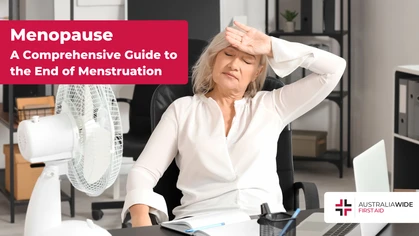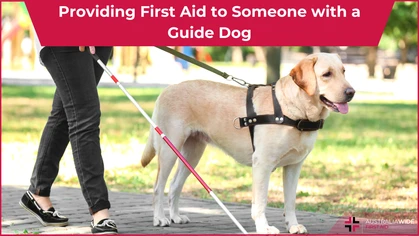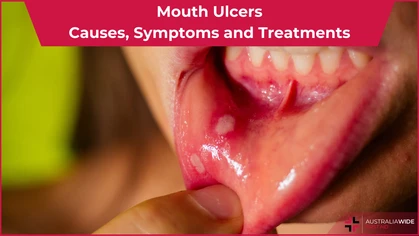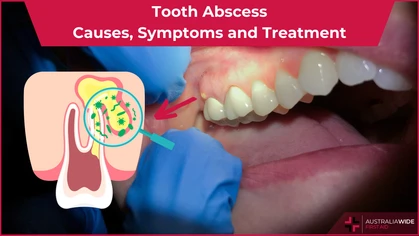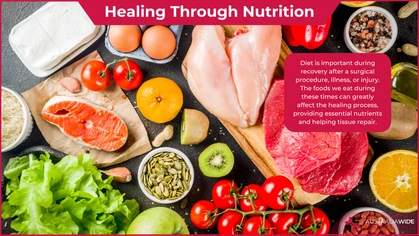8 Life-Changing Benefits of Exercise for the Elderly

General Health-Related
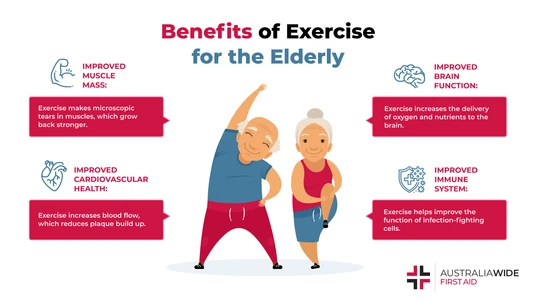
Exercise can improve our physical and emotional well-being in numerous ways. For instance, exercise can improve the function of our immune system. Exercise is especially important for the elderly - as we age, our risk of chronic health conditions increases dramatically.
Imagine this: You're an elderly person, and you've spent your entire life taking care of others. Your children, your grandchildren, and even your great-grandchildren have all depended on you at some point in their lives. But now that you're getting older, they don't seem to need you as much. In fact, sometimes it feels like they're taking care of you. It's normal to feel this way as you age. But, just because your loved ones don't need you as much doesn't mean you don't have anything to contribute. There's one thing you can do that will not only improve your own life but also the lives of those around you: Exercising. In this article, we'll explore the many benefits of exercise for the elderly. We'll also dispel some common myths about physical activity and offer some tips on how to get started with an exercise routine.The Benefits of Exercise for the Elderly
There are many reasons why the elderly need to exercise. First and foremost, exercise has health benefits like weight loss, reducing stress, and restoring bone mass. It can help reduce the risk of chronic diseases such as high blood pressure, stroke, and diabetes, and it can also improve your overall emotional and mental well-being. Let's take a look at some of the life-changing benefits of exercise for the elderly.1. Improved Brain Function
When you train, your brain works better. Why? Because exercise increases the delivery of oxygen and nutrients to the brain, which helps improve cognitive function. In a recent article, The Royal Australian College of General Practitioners researchers found that healthy older adults who exercised three times a week for six months showed improvements in memory and thinking skills by 15%. You can head to our article on mental fitness for more tips on how to improve your mental and cognitive function.2. Improved Sleep Quality
When you exercise, your brain works better. And when your brain works better, you sleep better. Regular exercise has been shown to improve sleep quality in older adults. A study published in the Journal of Sleep Research found that elderly participants who exercised regularly reported improved sleep quality and reduced levels of daytime fatigue or insomnia. You can head to our Resource Library for tips on how to get a better night's sleep and stave off the complications of sleep deprivation.3. Improved Mobility, Flexibility, and Balance
An exercise program can help improve balance and coordination, which can in turn reduce your risk of falling. A study published in the National Library of Medicine found that 73% of elderly adults who started regular exercise programs 3 times a week, with sessions lasting 40 minutes, improved their mobility, flexibility, and balance after just 12 weeks. It's never too late to start resistance training. Your muscles, bones, and joints will thank you.4. Improved Cardiovascular Health
How does training improve cardiovascular health? Well, there is a lot of scientific evidence that supports the idea that exercise is great for preventing cardiovascular disease. When you exercise, your heart rate goes up and your blood vessels dilate, which allows more blood to flow through them. This increased blood flow helps keep your arteries clear and prevents the build up of plaque, which can lead to heart disease. Aerobic exercise, in particular, is beneficial for the elderly. Head to our Resource Library to see whether you're at risk of heart disease.5. Improved Muscle Mass
Exercising systematically causes improved muscle mass, as it creates microscopic tears in the muscle fibres which, when healed, make them stronger and larger. This is important because as we age, we naturally lose muscle mass. In fact, by the time we reach the age of 80, we can have lost up to 40% of our muscle mass. If you lived your whole life sedentary, regular exercise can help prevent this muscle loss and even reverse it.6. Improved Bone Density
Several things contribute to restoring bone density. One of them is, of course, physical activity. When you exercise, your bones have to work a bit harder than they're used to, and this causes them to strengthen and become denser. Another thing that contributes to restoring bone density is calcium intake. So the elderly need to make sure they're getting enough calcium in their diet. Some ailments that contain calcium are dairy products, leafy green vegetables, seeds or beans and lentils. So, if you're looking to improve your bone density, make sure you're getting enough calcium and exercising regularly.7. Improved Immune System/Resistance to Chronic Illnesses
Exercise has been shown to boost the immune system, which in turn helps the elderly resist chronic illnesses such as heart disease, stroke, cancer, and diabetes. Moreover, regular moderate exercise helps improve the function of white blood cells, which are responsible for fighting off infection.8. Improved Mental Health
One of the biggest benefits of exercise for the elderly is that it improves mental health. Exercise releases endorphins, which are hormones that make us feel good. This is why exercise is often referred to as a “stress reliever”. Good mental health is important for the elderly because they are prone to geriatric syndromes such as depression, anxiety, and dementia. Exercise can help prevent or delay the onset of these syndromes. So, if you're looking to improve your mental health, make sure you get some exercise every day. Even a moderate amount of exercise can make a big difference. Certain food groups can also play a part in improved mental health - check out our article on Food Choices that Support Mental Health for more details.Dispelling Myths about Ageing and Physical Activity
As we age, many of us become more sedentary. We may find that we can no longer do the things we used to do, or that we’re just too tired to bother. This leads many people to believe that ageing means becoming less active and eventually leading a sedentary lifestyle. Here are some common myths about ageing and physical activity: Myth: As we age, we become less active and eventually lead a sedentary lifestyle.Fact: This is not necessarily true. Many elderly people remain very active well into their golden years. Myth: Elderly people should avoid exercise because it's too strenuous for them.
Fact: On the contrary, exercise is great for the elderly. It helps improve cardiovascular health, muscle mass, restore bone density, and mental health. Myth: The only way for elderly people to get exercise is by going to the gym.
Fact: There are many ways for elderly people to get exercise. They can go out for walks, take dance classes, or even for running.
Tips on How to Get Started with an Exercise Routine
If you're looking to get started with exercise programs, here are some tips:1. Talk to your doctor
Before starting any exercise routine, it's always a good idea to talk to your doctor. They can give you specific recommendations based on your health and fitness level.2. Start slow
If you're not used to exercising, it's important to start slow. You don't want to overdo it and risk injuring yourself.3. Set realistic goals
When setting goals for your exercise routine, make sure they're realistic. If you set goals that are too high, you'll likely get discouraged and give up.4. Find an activity you enjoy
If you find an activity that you enjoy, you'll be more likely to stick with it. There are many different types of exercise, so there's bound to be something out there that you enjoy.5. Get a partner
Working out with a partner can make your exercise class more fun and motivating. It's also a good way to stay accountable.Final Thoughts: Exercise, Exercise, Exercise
The physical benefits of exercise are clear and undeniable. It's not only great for our physical health, it's also good for our mental health and self-confidence. In short, exercise is essential for the elderly. If you're looking to get started with an exercise routine, talk to your doctor and set realistic goals. Find an activity you enjoy and get a partner to help you stay motivated. Exercise, exercise, exercise! If you're looking to learn more about how to help the elderly in case of a health emergency, we at Australia Wide First Aid offer a wide range of first aid courses. Visit our website or contact us to find out more. There are many reasons to undertake first aid training - head to our Resource Library for more information.
Originally published at
https://www.australiawidefirstaid.com.au/resources/benefits-of-exercise-for-the-elderly
as part of the Australia Wide First Aid Articles Library

